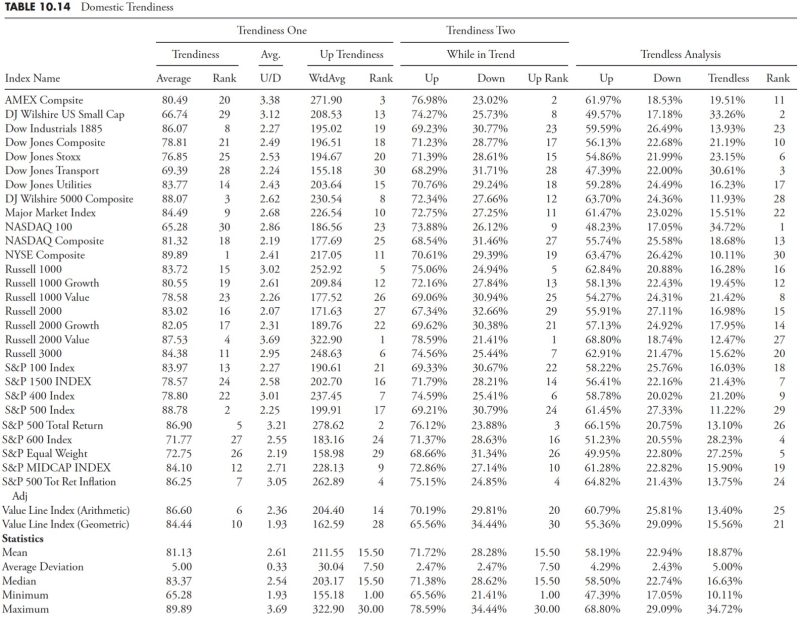
Diving Deeper: Unraveling Advanced Trends in Market Research & Analysis – Part 4
In our previous article, we delved into the inception of trend analysis and its benefits in market research. As we continue exploring, this piece will further illuminate the depths of trend analysis, methodological techniques, the importance of scrutinizing long-term changes in market trends, and its role in strategic planning.
Techniques for Trend Analysis
Trend analysis utilizes various statistical techniques to ascertain the direction of market trends, encompassing simple and complex methods. Here we will discuss a few of them.
1. Moving Average Technique: This is arguably one of the most common techniques. It helps in smoothing out data to identify the underlying trend by averaging the data within a specified period. Despite being simple, this technique accurately identifies short-term fluctuations.
2. Exponential Smoothing Technique: This technique gives more importance to the recent data and is utilized when the market changes rapidly. Exponential smoothing adjusts more quickly to significant shifts enabling quicker responses to market changes.
3. Trend Projection: This method relies significantly on historical data and uses them to project future trends. It infers past trend patterns and applies them to future predictions. This technique is highly beneficial for long-term strategic planning.
Significance of Examining Long-term Changes in Market Trends
Examining long-term changes brings a wealth of understanding about the market’s possible future. Recognizing a market’s future direction can support a business’s strategic planning in many ways. Here are some vital points to consider:
1. Product Development: Recognizing long-term market trends can help businesses envision their product development. If there is a declining trend in a particular product category, businesses should either transform their products to meet upcoming trends or diversify into other sectors.
2. Marketing Strategies: Long-term changes also influence marketing strategies. By understanding upward or downward trends, companies adjust their marketing efforts accordingly. For instance, an upward trend indicates market growth and may warrant aggressive marketing, while a downward trend suggests the need for caution.
3. Budgeting and Financial Planning: Understanding market trends assists businesses with budgeting and financial planning. Upward trends reflect market growth and call for expanded budgets, whereas downward trends necessitate tighter budgeting.
The Role of Trend Analysis in Strategic Planning
Trend analysis is a powerful tool in strategic planning. Its role can be segregated into the following:
1. Business Growth: Identifying upward trends in the market give businesses the confidence to invest more and expand their operations.
2. Risk Management: Trend analysis can also help companies manage potential risk. Down
